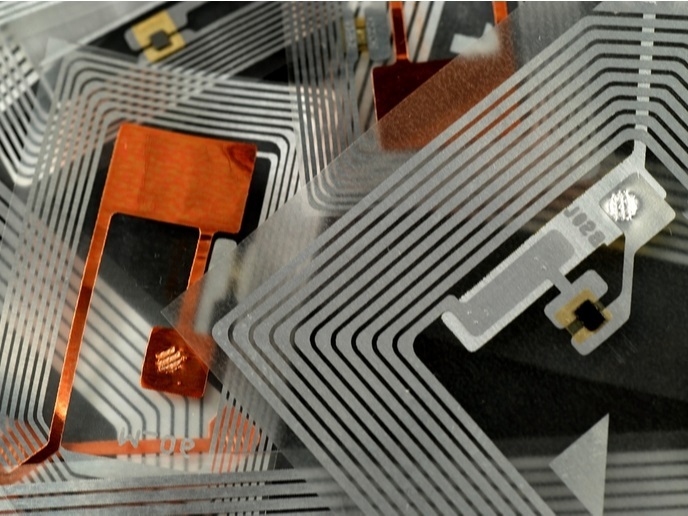Bringing next-generation smart connected products closer with low-cost, flexible electronics
The number of devices connected to the internet, including the machines and sensors that make up the Internet of Things (IoT), is growing at a steady pace. Estimates show that by 2025, as many as 75 billion IoT devices could be around the world, spanning everything, from vehicles to smartphones to kitchen appliances. The IoT industry could have an economic impact of more than USD 11 trillion in the same period, meaning that access to the commercial opportunities offered by the IoT could be crucial for companies to maintain innovation. The EU-funded NECOMADA project offers businesses a way to make the integration of electronics into a wide range of everyday items a reality.
Looking beyond silicon and conventional materials
“One of the key drivers of NECOMADA was to produce near-field communication (NFC) and radio frequency identification (RFID) tags as low cost as possible,” notes Neville Slack, business development manager at the Centre for Process Innovation’s (CPI) National Formulation Centre and NECOMADA coordinator. To achieve project goals, partners looked beyond traditional chip manufacturing methods and materials. “We explored alternative materials to those normally used in printed electronics. For instance, we used lightweight and flexible substrate materials such as plastics and paper in place of silicon. To further cut costs, we reduced the amount of silver used in the inks and the adhesive that bonds the flexible chips to the antenna,” explains Slack. Compared to state-of-the-art materials, silver showed acceptable levels of conductivity at very low loadings (less than 10 % by mass).
Demonstration activities
NECOMADA tested materials and processes on a roll-to-roll pilot line located at the CPI. The open access pilot facility that is available for use by industrial partners to trial their innovative product and material solutions has the capability to assemble complex systems at the throughputs and costs required for high-volume applications. Initial target applications for demonstrative products included NFC and RFID tags. As a proof of concept, project partners produced 9 000 passive NFC tags for fast-moving consumer goods and 1 000 passive NFC tags on metal surfaces. The latter were equipped with a layer of ferrite that protects the magnetic field. Furthermore, partners produced 200 ultra-compact tags combining NFC and RFID technology for home appliance devices and 1 000 active NFC tags attached to pharmaceuticals, logging temperature over time. “Our pilot line is the first to produce ultra-thin and flexible solutions that are compatible with high-volume manufacturing platforms,” adds Slack.
Future potential
Overall, the project focused on lowering the cost of future IoT devices through the development of new conductive inks and flexible adhesives that improve the effectiveness, productivity and speed of printed electronics manufacturing. “The IoT has arrived and, thanks to NECOMADA, we are well positioned to help companies access its potential.” Slack concludes: “Printed and flexible electronics will be a key component of new markets. The thin and flexible solutions developed within NECOMADA pave the way for the production of low-cost, ubiquitous data sources for sensing and monitoring in a wide range of applications.”
Keywords
NECOMADA, tags, near-field communication (NFC), Internet of Things (IoT), printed electronics, radio-frequency identification (RFID), CPI, flexible electronics, inks, adhesive







